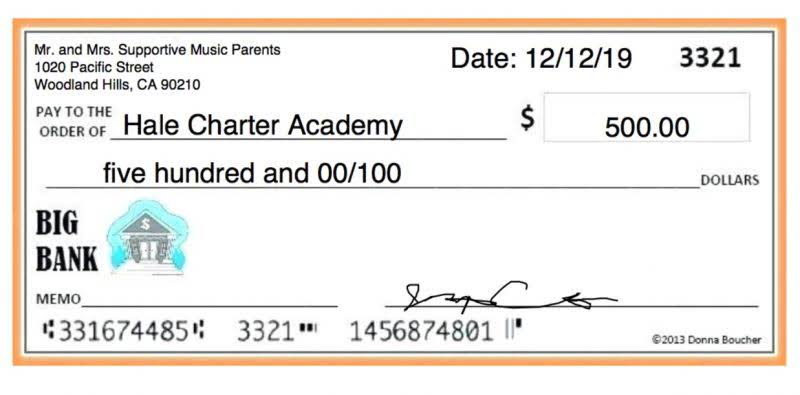accounting software for landscaping business
Content

Before choosing an accounting method for your tax return, we recommend speaking to a CPA. A well-trained CPA will help you make an educated decision on which approach makes the most financial sense for your business. Something to take into consideration is which method provides the best tax breaks available for your industry. Landscaping companies need to take a little time every day to keep track of their books and organize the paperwork to ensure all expenses and invoices are accurate. With landscaping on your mind, you are likely not thinking about bookkeeping and accounting daily.
Those involved with the administration of an office often remark on the spirit of teamwork that is unique to this industry and the family-feel that exists within so many of their places of employment. These professionals take great pride in being part of an industry that makes such a positive impact on the environment and in the lives of the customers they serve. Jobber is a full-service https://www.bookstime.com/what-is-the-accounting-equation integrated suite for landscaping businesses. It is a cloud-based solution, so it can be accessed anywhere with an internet connection—a feature that is useful for field work. Because Jobber can be accessed through any web browser, it can be used on a Mac or PC. It takes just a few clicks for you and your client to get on the same page, so you can get down to work faster.
What are the benefits of using accounting software for landscape businesses?
Hiring accounting and tax services from Complete Small Business Solutions, we help stay on track and make sure that your business does not incur losses unnecessarily. We also help you keep track of customers who have paid and those who have not. In conclusion, the choice of accounting method for your landscaping business is an important decision that can affect your financial management and planning. By understanding the difference between accrual and cash accounting, you can make an informed decision that suits your business needs and goals.

The number of hours will vary on the type of contract the client wants. This will depend again on the type of services required by the client. To decide the cost of labour in providing services, the company has bookkeeping for landscaping business to also consider industry practices along with regulations applicable to them. All the supplies made in commercial landscaping are of high expenditures and the equipment used therein are also heavy fixed assets.
Pricing & Plans
“These are just a few of the many ratios you can compute and analyze,” Bailey reminds. But if you’re below that, “You better be in the maintenance business and have very reliable and predictable cash flow,” Bailey points out. “This ratio is regarded as a measure of your ability to pay your bills and stay current.” As shown in the illustration, Direct Costs include only those costs you can track directly to each job you do. They are the items you include on your estimating sheet when you are bidding a job. “One of the problems I often encounter is a format where Cost of Sales usually includes everything but the kitchen sink, as is typical on tax returns,” Bailey points out.
- Operating with a cash-based system is straightforward and relatively devoid of nuance, so any company can handle this method without increased needs for staffing or resources.
- Just because you know you have contracts coming to an end doesn’t mean you suddenly have an increase in revenue in a cash-based accounting system—you have yet to see the payment for those jobs.
- Commercial establishments and residential homes are often surrounded by greenery to create a pleasant ambiance.
- From kickoff to invoicing, FreshBooks accounting software supports your landscaping business every step of the way.
- Eliminate the possibility of duplicate data entry by implementing Aspire or Crew Control.
- However, Complete Small Business Solutions is considered to be the best choice in Florida.
Small or large, all landscaping businesses depend on the business structure. Furthermore, it will also influence the expenditures deducted on the tax return. Your landscaping business likely has a lot of accounting needs, such as estimates and invoicing, scheduling, managing inventory, and tracking sales. But, you don’t have to do all of this using a pen and paper or the dreaded Excel spreadsheet. We understand the disappointment of growing a business only to be completely stressed by the off-season. At AccountSolve, we provide lawn care accounting and bookkeeping services through the Profit First system to help you get out of debt, stay out of debt and enjoy a profitable business.

